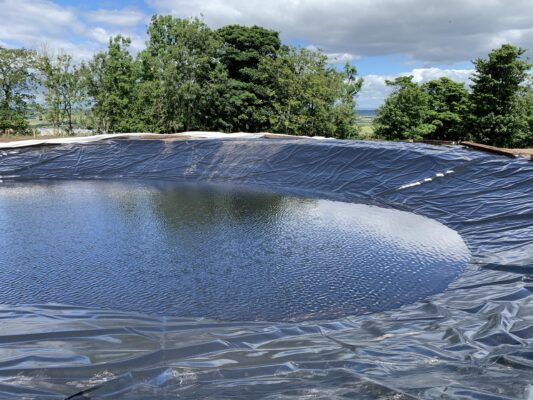What is the Importance of Attenuation Ponds?
Here’s How Attenuation Ponds Can Help Save Rainfall for Irrigation
Stormwater management is the need of the hour. It is not just about managing the outflow of water and preventing flooding, it is also about helping save rainfall for irrigation. Attenuation ponds are gaining increasing popularity in both residential as well as commercial sites.
Why are Attenuation Ponds Necessary?
Excess rainfall is usually perceived to be a threat to crops and living spaces. However, harvesting this excess rainwater can be extremely beneficial in creating water storage for later use, especially since the pressure on increasing water supply is tremendous.
An attenuation pond or reservoir is a solution with multiple benefits. From managing excess run-off from agricultural lands to saving rainfall for irrigation purposes, an attenuation pond is planned increase of water retention capacity at both individual and government levels.

Prevent Downstream Flooding
Flooding can cause severe damage to standing crops, flora and fauna and also result in silt being washed away. Surface water runoff is almost always the cause for downstream flooding. Attenuation of rainwater helps to slow the flow of water to a level that makes downstream drainage manage the excess water runoff.
Save Water for Summer Irrigation
Saving water in attenuation ponds for summer irrigation is a great way to reduce dependency on water supply systems. Changing weather patterns, increase in population and higher demand for food puts so much pressure on farmlands to keep their agricultural produce consistent. Catchment areas can serve the purpose of attenuation of rainfall for helping farmers.
Benefit from Constant Supply of Water
If your countryside is blessed with excess rainfall and you are wondering if you should go ahead with building an attenuation pond, now is the time to do it. You will not only reap the benefits of stormwater management but you will also derive huge savings on irrigation water supply for years to come. An attenuation pond can also serve the purpose of preventing pollutants such as dirt and sediment from finding their way to streams and rivers.
Conclusion
Attenuation ponds can be constructed in any kind of soil. The most important thing that the pond needs to do is retain all the water it gets. Where the soil is sandy or gravelly, you can use pond liners to do the job for you. Green infrastructure is no longer only for the big commercial farmlands. You can get it done for your farm pond, residential or commercial site.
This is your solution to recharging groundwater and getting a lot of economic and environmental benefits.